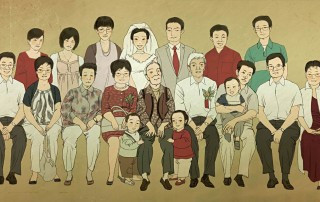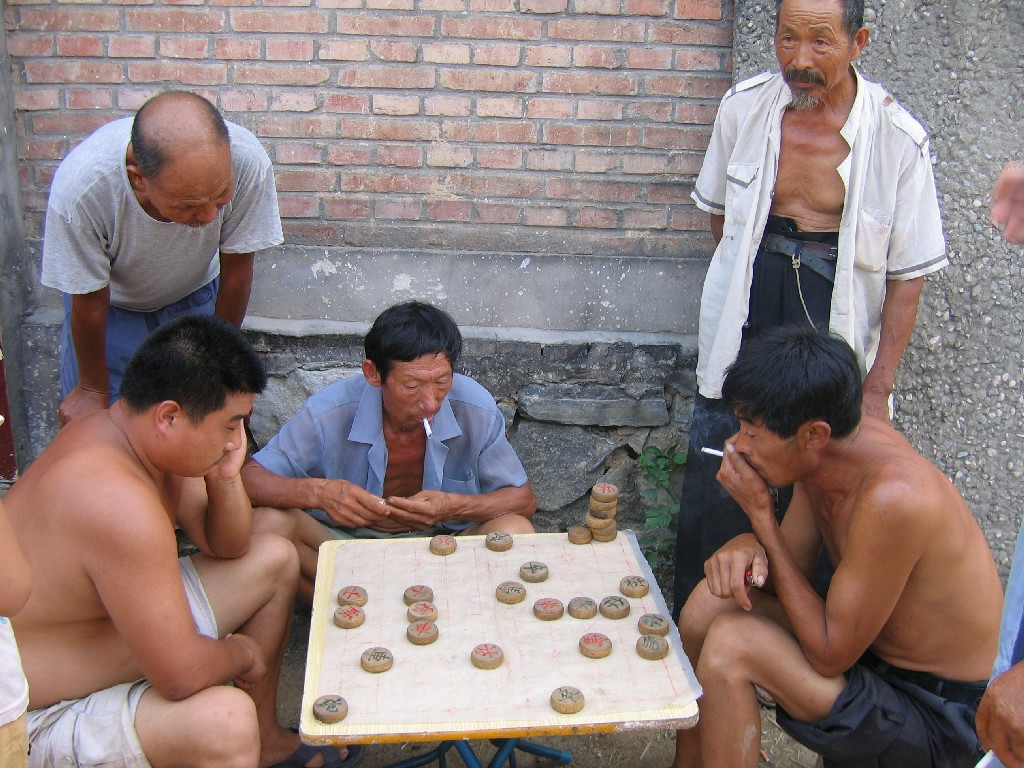Here's How To Play Chinese Chess
Guest Post by Ashlie Lopez
Chinese chess is called Xiangqi And is played widely in china. The same family as the chaturanga, western chess, shogi, and Jogi, Chinese chess is also a two-player board game. Known as Xiangqi in the West, it is a widely played board game in China and is played widely worldwide. To learn chess, it’s essential to know all the meaning and the move each piece can make.

There are 64 squares on the board of the Chinese chess game, the same as the international chessboard. Pieces are played on intersections; the board has nine vertical (called files) and ten horizontal lines (called the ranks). The main difference is that the Chinese delegation is divided by a river in the middle of the board; the river is located between the sixth and the fifth rank. Some pieces may not move beyond a particular boundary.
- The chess pieces must cross the river to make a play, and no space can be made in the river.
- There is an imperial palace on both sides of the playing board. Some pieces like that are general, and the guard pieces are not allowed to leave the palace boundary. Denoted by a black edge on the board, which is three by three lines (nine positions) have four diagonal lines that form an “X” shape
The board has many Chinese characters on them like the river is marked as 楚河 = “Chǔ Hé” which means “Chu River,” “Han border” is denoted by 漢界 = “Hàn Jiè” (Han are the dominant Chinese Tribe) it refer to the Chu-Han war.
Characters Of pieces
All pieces on the board are indicated by Chinese characters only, and therefore it is essential to know about the characters and their meaning. The characters sometimes are written in traditional or simplified Chinese characters; the same rank pieces sometimes have different feelings for each side on the board.
The pieces are mentioned below with their Pinyin (Chinese pronunciation) and its English meaning for more understanding. The parts are identified below by English name, Chinese accent, traditional Chinese character, simplified Chinese character if it is different, and character variation. It is essential to understand before playing the game.
| Character | Meaning | Mandarin Pinyin |
| Pawn | 兵, 卒 | bīng, zú |
| Horse (Knight) | 傌/马 and 馬/马 | Mà and Mǎ |
| Castle or the Rock | 车 | jū |
| Queen | 后 | hòu |
| Elephant (Bishop) | 相 and 象 | Xiàng and Xiàng |
| King | 王 | wáng |
| River | 楚河 | Chǔ Hé |
| Han border | 漢界 | Hàn Jiè |
| Soldiers (pawn) | 兵 and 卒 | Bīng and Zú |
| Guard or the advisor | 仕 and 士 | Shì and Shì |
| Cannons | 炮 and 砲 | Pào and Pào |
| Generals | 帥/帅 and 將/将 | Shuài and Jiàng |
| Chariot | 俥/车 and 車/车 | Jū and Jū |
- If an enemy general takes a file, the other playing general can not enter the file unless there is at least one piece between the generals in the file. The generals can not move diagonally; they may move one point horizontally or vertically and are confined to 9 points within his palace.
- Guards do not leave the palace and move one point diagonally and are the king’s counselors and guard the king.
- Elephants (bishop) may not jump over any pieces that are intervening or cross the river; they can move precisely two points in any diagonal direction only.
- Horses can not move in a direction where there is a piece blocking it along the path; they can move one point vertically and horizontally and then one point diagonally
- Chariots can move as many points as they wish in any direction, the same as the movement of rocks in international chess, but they cannot jump over pieces in its path.
- Along its line of movement, a cannon must jump over exactly one piece, friend or foe; the movement of batteries is like that of a chariot.
- Retreating a pawn or soldier is not an option; in any case, it can move one step forward when it is on its side of the border, but when the boundary is crossed, he can move horizontally as well.
 Note
Note
One side is red; the other is black. Each player plays at turns (alternatives) but one piece at a time, the same as the international chess play. When land on a point that is occupied by the enemy, the piece is captured. The two players can agree mutually on who makes the first move, but the red makes the first move. When one player puts the other player in checkmate, victory is achieved; the other general has no option.